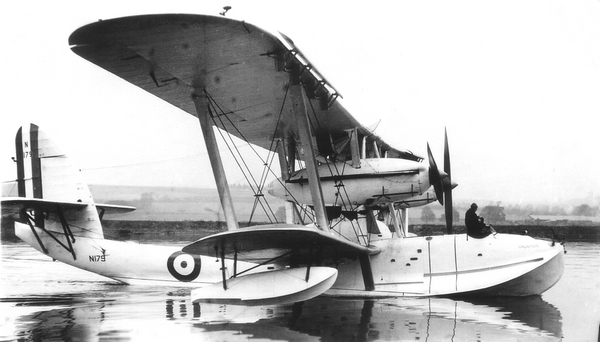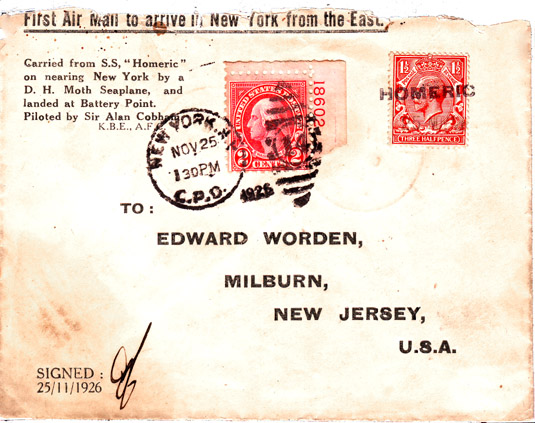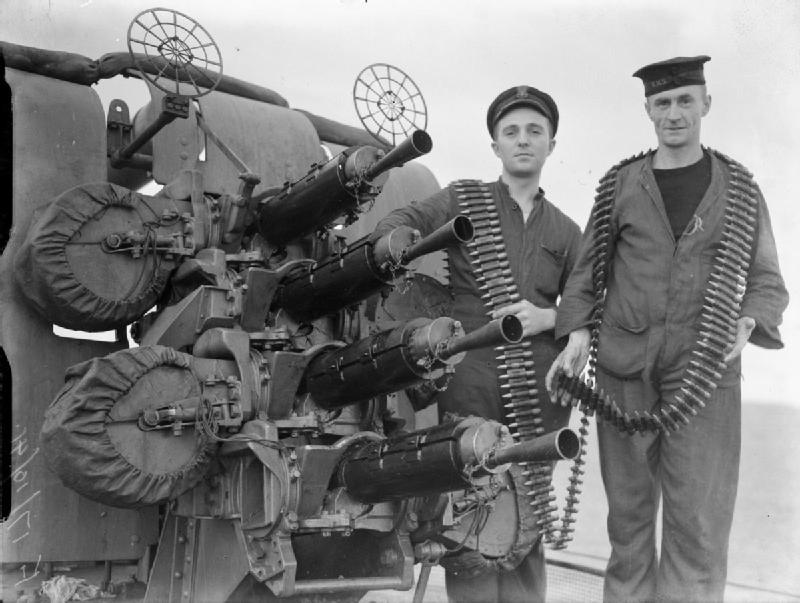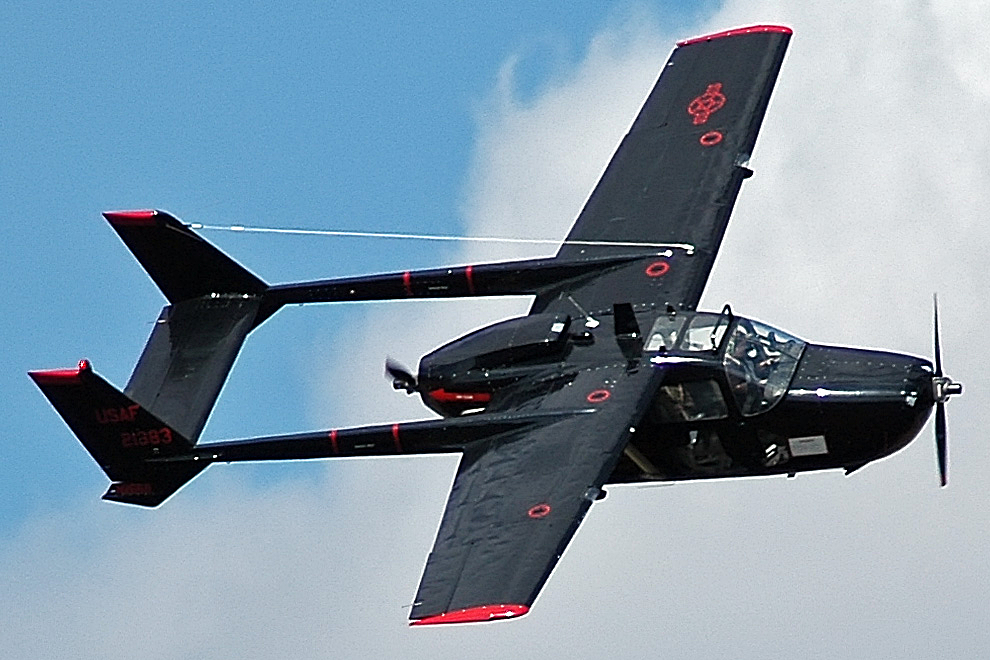|
Short Singapore
The Short Singapore was a British multi-engined biplane flying boat built after the First World War. The design was developed into two four-engined versions: the prototype Singapore II and production Singapore III. The latter became the Royal Air Force's main long-range Maritime patrol aircraft, maritime patrol flying boat of the 1930s and saw service against the Japanese with the Royal New Zealand Air Force during the Second World War. Design and development The first prototype of the Short Brothers, Short Singapore, also known as the Short S.5 (British military aircraft designation systems, military designation Singapore I), was a metal hull version of the wooden-hulled Short Cromarty. The biplane design included a single fin and rudder, and was originally powered by two Rolls-Royce Condor IIIA engines. Its maiden flight was made from Rochester, Kent, Rochester on 17 August 1926, piloted by Short's test pilot, Chief Test Pilot John Lankester Parker. The type did not enter p ... [...More Info...] [...Related Items...] OR: [Wikipedia] [Google] [Baidu] |
WikiProject Aircraft
A WikiProject, or Wikiproject, is an affinity group for contributors with shared goals within the Wikimedia movement. WikiProjects are prevalent within the largest wiki, Wikipedia, and exist to varying degrees within Wikimedia project, sibling projects such as Wiktionary, Wikiquote, Wikidata, and Wikisource. They also exist in different languages, and translation of articles is a form of their collaboration. During the COVID-19 pandemic, CBS News noted the role of Wikipedia's WikiProject Medicine in maintaining the accuracy of articles related to the disease. Another WikiProject that has drawn attention is WikiProject Women Scientists, which was profiled by ''Smithsonian Magazine, Smithsonian'' for its efforts to improve coverage of women scientists which the profile noted had "helped increase the number of female scientists on Wikipedia from around 1,600 to over 5,000". On Wikipedia Some Wikipedia WikiProjects are substantial enough to engage in cooperative activities with outsi ... [...More Info...] [...Related Items...] OR: [Wikipedia] [Google] [Baidu] |
Alan Cobham
Sir Alan John Cobham, KBE, AFC (6 May 1894 – 21 October 1973) was an English aviation pioneer. Early life As a child he attended Wilson's School, which was then in Camberwell, London. The school was relocated to the former site of Croydon Airport in 1975. After National Service and a short career at the Bar, Michael Cobham followed him into the Flight Refuelling business, and for many years was in charge of it. Career Alan Cobham began work as a teenage commercial apprentice in the City of London. He enjoyed the outdoors, and after completing his apprenticeship spent a year working on his uncle's farm, hoping to make a career in estate management. After a brief return to London commercial work, in August 1914 he joined the British Army, and was directed to the Royal Army Veterinary Corps due to his farming experience. He served on the Western Front from 1914 to 1917. He dealt mainly with injured horses, and attained the rank of Staff Veterinary Sergeant. After tr ... [...More Info...] [...Related Items...] OR: [Wikipedia] [Google] [Baidu] |
230sqd-ShortSingaporeIII
3 (three) is a number, numeral and digit. It is the natural number following 2 and preceding 4, and is the smallest odd prime number and the only prime preceding a square number. It has religious and cultural significance in many societies. Evolution of the Arabic digit The use of three lines to denote the number 3 occurred in many writing systems, including some (like Roman and Chinese numerals) that are still in use. That was also the original representation of 3 in the Brahmic (Indian) numerical notation, its earliest forms aligned vertically. However, during the Gupta Empire the sign was modified by the addition of a curve on each line. The Nāgarī script rotated the lines clockwise, so they appeared horizontally, and ended each line with a short downward stroke on the right. In cursive script, the three strokes were eventually connected to form a glyph resembling a with an additional stroke at the bottom: ३. The Indian digits spread to the Caliphate in the 9th ... [...More Info...] [...Related Items...] OR: [Wikipedia] [Google] [Baidu] |
Vickers Machine Gun
The Vickers machine gun or Vickers gun is a Water cooling, water-cooled .303 British (7.7 mm) machine gun produced by Vickers Limited, originally for the British Army. The gun was operated by a three-man crew but typically required more men to move and operate it: one fired, one fed the ammunition, the others helped to carry the weapon, its ammunition, and spare parts. It was in service from before the First World War until the 1960s, with air-cooled versions of it on many Allies of World War I, Allied World War I Aviation in World War I, fighter aircraft. The weapon had a reputation for great solidity and reliability. Ian V. Hogg, in ''Weapons & War Machines'', describes an action that took place in August 1916, during which the British 100th Company of the Machine Gun Corps fired their ten Vickers guns to deliver sustained fire for twelve hours. Using 100 barrels, they fired a million rounds without breakdowns. "It was this absolute foolproof reliability which endear ... [...More Info...] [...Related Items...] OR: [Wikipedia] [Google] [Baidu] |
Rolls-Royce Kestrel
The Rolls-Royce Kestrel (internal type F) is a 21.25 litre (1,295 in³) V-12 aircraft engine from Rolls-Royce. It was their first cast-block engine, and used as the pattern for most of their future piston-engine designs. Used during the interwar period, it was fitted to a number of British fighters and bombers of the era, including the Hawker Fury and Hawker Hart family, and the Handley Page Heyford. The Kestrel engine was also sold to international air force customers; in this role it was used to power prototypes of the German Messerschmitt Bf 109 and the Junkers Ju 87 "Stuka" dive-bomber, as the Junkers Jumo 210 engines were not ready to be fitted. Several examples of the Kestrel engine remain airworthy today. Design and development Origin Earlier in-line engine designs were generally built on top of a cast aluminum crankcase, with the cylinders, individually-machined steel cylinders, bolted on top. Given the forces involved, the system connecting the cylinders to the cr ... [...More Info...] [...Related Items...] OR: [Wikipedia] [Google] [Baidu] |
Air Ministry
The Air Ministry was a department of the Government of the United Kingdom with the responsibility of managing the affairs of the Royal Air Force and civil aviation that existed from 1918 to 1964. It was under the political authority of the Secretary of State for Air. Organisations before the Air Ministry The Air Committee On 13 April 1912, less than two weeks after the creation of the Royal Flying Corps (which initially consisted of both a naval and a military wing), an Air Committee was established to act as an intermediary between the Admiralty and the War Office in matters relating to aviation. The new Air Committee was composed of representatives of the two war ministries, and although it could make recommendations, it lacked executive authority. The recommendations of the Air Committee had to be ratified by the Admiralty Board and the Imperial General Staff and, in consequence, the Committee was not particularly effective. The increasing separation of army and n ... [...More Info...] [...Related Items...] OR: [Wikipedia] [Google] [Baidu] |
Push-pull Configuration
An aircraft constructed with a push-pull configuration has a combination of forward-mounted Tractor configuration, tractor (pull) Propeller (aircraft), propellers, and backward-mounted (pusher configuration, pusher) propellers. Historical The earliest known examples of "push-pull" engined-layout aircraft was the Short S.27#Short Tandem Twin, Short Tandem Twin. An early pre-World War I example of a "push-pull" aircraft was the Caproni Ca.1 (1914), Caproni Ca.1 of 1914 which had two wing-mounted tractor propellers and one centre-mounted pusher propeller. Around 450 of these and their successor, the Caproni Ca.3, Ca.3 were built. One of the first to employ two engines on a common axis (tandem push-pull) was the one-off, ill-fated Siemens-Schuckert DDr.I fighter aircraft, fighter of 1917. German World War I designs included the only Fokker twin-engined design of the period, the Fokker K.I from 1915; followed by the unusual Siemens-Schuckert DDr.I triplane fighter design of late 191 ... [...More Info...] [...Related Items...] OR: [Wikipedia] [Google] [Baidu] |
Pusher Configuration
In aeronautical and naval engineering, pusher configuration is the term used to describe a drivetrain of air- or watercraft with propulsion device(s) after the engine(s). This is in contrast to the more conventional tractor configuration, which places them in front. Though the term is most commonly applied to aircraft, its most ubiquitous propeller example is a common outboard motor for a small boat. “Pusher configuration” describes the specific (propeller or ducted fan) thrust device attached to a craft, either aerostats (airship) or aerodynes (aircraft, WIG, paramotor, rotorcraft) or others types such as hovercraft, airboats, and propeller-driven snowmobiles. History The rubber-powered "Planophore", designed by Alphonse Pénaud in 1871, was an early successful model aircraft with a pusher propeller. Many early aircraft (especially biplanes) were "pushers", including the Wright Flyer (1903), the Santos-Dumont 14-bis (1906), the Voisin-Farman I (1 ... [...More Info...] [...Related Items...] OR: [Wikipedia] [Google] [Baidu] |
Tractor Configuration
In aviation, a tractor configuration is a propeller-driven fixed-wing aircraft with its engine mounted with the propeller in front, so that the aircraft is "pulled" through the air. This is the usual configuration; the pusher configuration places the airscrew behind, and "pushes" the aircraft forward. Through common usage, the word "propeller" has come to mean any airscrew, whether it pulls or pushes the aircraft. In the early years of powered aviation both tractor and pusher designs were common. However, by the midpoint of the First World War, interest in pushers declined and the tractor configuration dominated. Today, propeller-driven aircraft are assumed to be tractors unless stated otherwise. Origins The first successful airplanes to have a "tractor" configuration were the 1907 Santos-Dumont Demoiselle and Blériot VII. The first biplane airplane to have a "tractor" configuration was the Goupy No.2 (first flight on 11 March 1909) designed by Mario Calderara and f ... [...More Info...] [...Related Items...] OR: [Wikipedia] [Google] [Baidu] |






